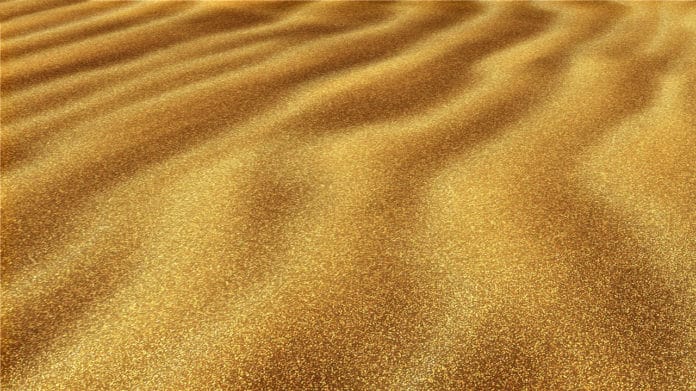A process known as liquefaction of sand occurs when the strength and stiffness of soil are diminished by earthquake shaking or other rapid loadings, which causes structures sitting on the liquefied ground to collapse. A recent study by the Indian Institute of Science (IISc) suggests that the shape of sand grains influences the liquefaction of sand, one of the significant factors behind the collapse of structures during earthquakes.
For this study, scientists used digital image analysis for grain shape characterizations and related them to the liquefaction potential of the sands. They found a strong correlation between the two. This is because the sheer force required to break the inter-particle locking is greater for grains with relatively irregular shapes.
Scientists also analyzed sand particles using computational algorithms developed in MATLAB (MATrix LABoratory). Sand samples were tested for their propensity to liquefy under various earthquake circumstances using cyclic simple shear tests, subjecting specimens to simulated earthquake conditions of alternate tension and compression cycles.
Scientists found that glass beads with regular shape, higher roundness, and sphericity liquefied first in the cyclic shear tests, while river sand, whose roundness and sphericity (how much of an even sphere it is) fall between glass beads and manufactured sand, liquefied next, followed by manufactured sand, whose shape is relatively irregular. These tests highlighted the important effects of grain shape on the liquefaction potential of granular soils.
During shearing, the particles become entangled as their shape deteriorates, departing from a sphere in general and having sharper corners. The tendency for particles with irregular shapes to become separated from one another and float in the fluid becomes lesser due to interlocking, which increases shear resistance.
Scientists noted, “Further, tortuosity, or the deviation in the fluid path, increases with the irregular shape of the particles. Greater tortuosity decreases water flow through the pore network and decreases the chance for water to separate the particles.”
The study is accepted for publication in Indian Geotechnical Journal, Springer.
